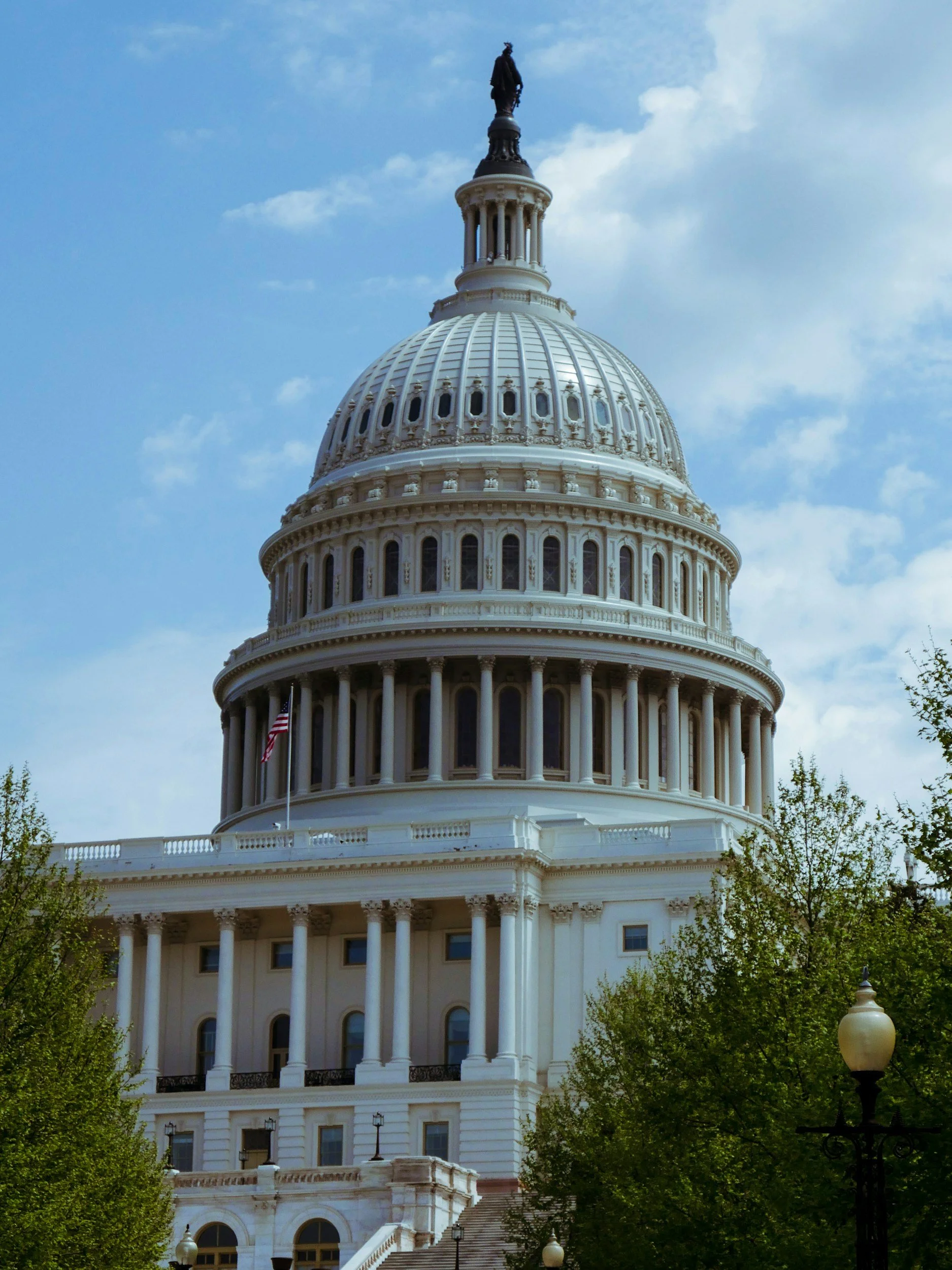By: Anit Mukherjee
Imagine: A newly-elected administration taps a globally-recognized technology leader with the mandate to improve government efficiency. He assembles an enthusiastic team of tech entrepreneurs from the private sector willing to work 80-hour weeks pro-bono. The clock starts ticking from Day 1, timelines are tight, and deadlines are non-negotiable. And all this under the glare of public attention and opposition from within the government and outside. It seems everyone is waiting for him to fail, so that they can return to business-as-usual and consign his ambitious project to the graveyard of ideas.
This may sound like the much-discussed Department of Government Efficiency (DOGE) that Elon Musk is set to run. But this is the story of Aadhaar, India’s biometric program, which started in 2009 to give a digital, verifiable identification to 1.3 billion people within a decade. At a time when high-speed broadband in India was 1 MBPS, cellphones were not smart, and only 10 percent of India’s population was connected to the Internet, the idea of online authentication to get a SIM card, open bank accounts, enroll in government programs, and get paid directly was still the stuff of science fiction. But within 15 years of the first Aadhaar number being issued, almost everyone in India now has one. More importantly, Aadhaar is used not just to verify people’s identity, but for them to access government services, file taxes, and receive subsidies and social security payments directly. All of this cuts down bureaucracy and red-tape. In other words, Aadhaar was a catalyst for the Indian government to transform its way of doing business, slash wasteful expenditure, and deliver benefits and services more efficiently.
As the DOGE team strides into the corridors of government in Washington, D.C., what can it learn from Aadhaar? First, government efficiency is about people. It is about making the lives of citizens better by reducing their transactions costs in dealing with the government. This pays off over time as people pay their taxes, businesses create more jobs, and governments know whom to support.
Second, government efficiency is about transforming processes. It is about identifying what is necessary for governments to reach people – and for people to reach the government. For example, there are still plenty of digital solutions to costly paper-based systems that are slow, cumbersome, and prone to fraud and mismanagement. Within two years of mandating Aadhaar verification, the Indian government was able to identify and remove “ghost” beneficiaries of some subsidy programs that saved nearly 25 percent of costs. Similarly, filing income taxes should take only a few steps for verification and filing, rather than be a cumbersome and costly process.
Finally, government efficiency is about showing impact, and fast. For that, one has to be strategic, pick the right battles, use the political ammunition well, and win the trust of those skeptical of the idea in the first place. Aadhaar’s impact was not only on how much the government saved money, but how easy it was to receive benefits, pensions, or tax refunds as a citizen. It also helps to start with a proof of concept. For example, the U.S. Department of Veteran’s Affairs could be for DOGE what energy subsidies were for India. People will start trusting the process once they see tangible benefits and not just claims of reducing trillions of dollars of expenditure. It may seem easier to reach targets through creative accounting, but it is more important to reduce the waiting time for a surgery for someone who has served for his or her country.
The path for the DOGE team might well be bumpy. But it will be necessary to dodge a few obstacles along the way in an effort to make the U.S. government work better for its citizens.
Anit Mukherjee is Senior Fellow for the Global Economics & Development program at ORF America.

